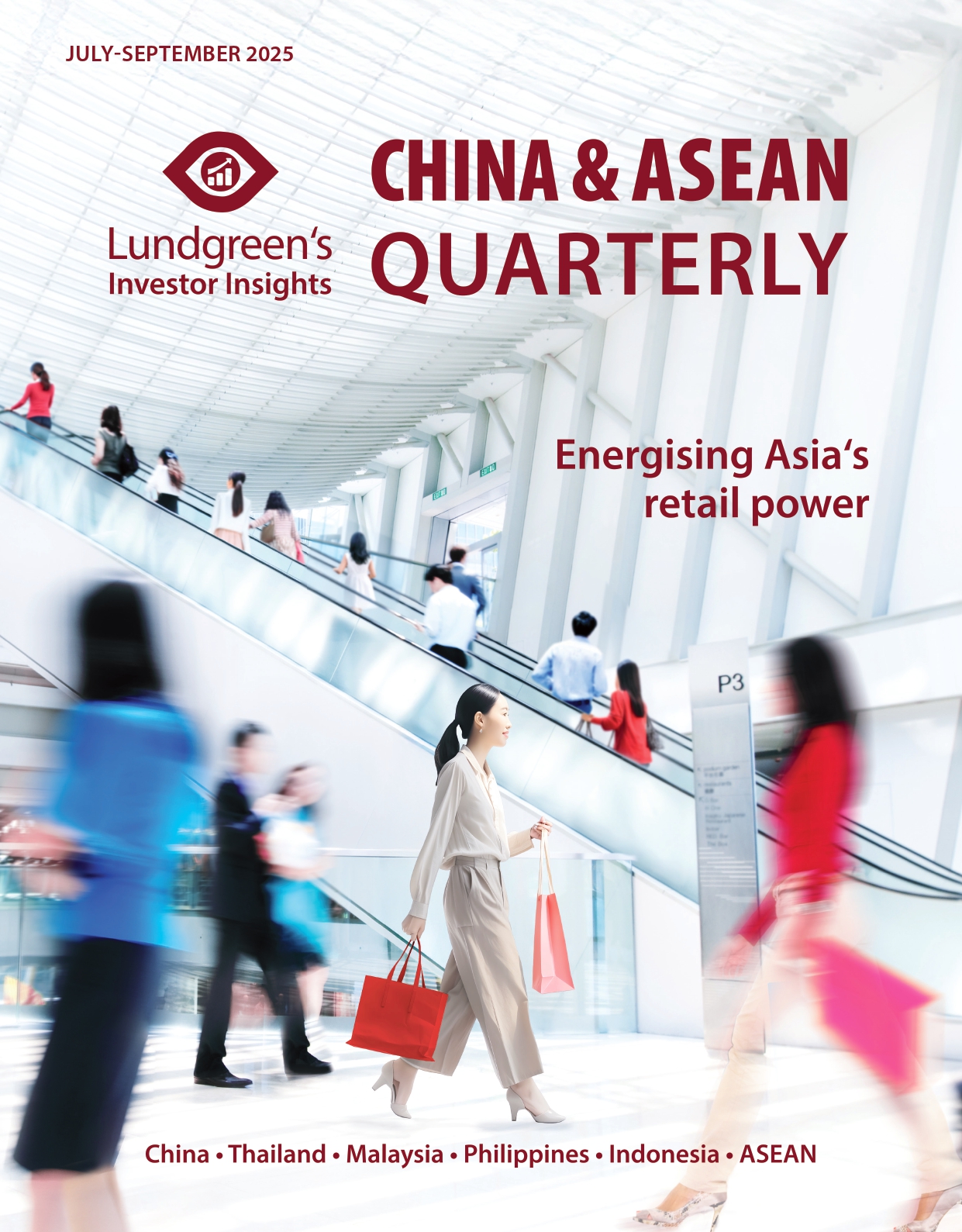Philippine BPOs navigate way forward with generative AI
The Philippine economy has long relied on the bustling business process outsourcing (BPO) sector as a major source of dollar revenues, providing jobs with competitive salaries to millions of Filipinos without the need to work abroad for better pay.
Outsourcing services have become a significant lifeblood for the Philippine economy since 2010. To put in perspective, the sector generated USD 29.7 billion in revenues in 2023, according to central bank data, which accounts for about 7 per cent of GDP. Based on Graph 1, revenues from this sector account for at least half of gross revenues for total service exports yearly. It peaked in 2010 with a 62.3 per cent share to total service exports, according to the Bangko Sentral ng Pilipinas.

Collectively called the Information Technology-Business Process Management (IT-BPM) sector, bulk of Philippine operations are global contact centres that service client calls from all over the world. For example, a customer in the US would have little to no idea that the agent taking their queries and complaints over the phone is a Filipino trained to speak in their accent. The warmth and enthusiasm typical of Filipino hospitality workers are said to be an unquantified edge against peers, too.
BPO jobs typically pay higher relative to clerical and administrative work in the country and thus support greater household spending, and this bodes well for economic growth. The sector paid an average annual salary of PHP 440,411 (USD 7,400) in 2021, higher than the PHP 317,558 (USD 5,300) average annual pay across all establishments according to the Philippine Statistics Authority (PSA). However, the BPO sector is confronted by risks and opportunities in the face of fast-evolving technology powered by artificial intelligence, or AI, which has disrupted the future of work through automation and machine learning that sometimes render some jobs as redundant. To cut costs, businesses are increasingly tapping AI-powered chatbots to facilitate customer questions and complaints – at least to resolve simple and straightforward customer concerns.
If anything, this could be a warning sign for the industry but for some, it is a call to adapt or perish.
Trade-offs
The Philippines’ National Economic and Development Authority (NEDA) is counting on AI adoption to unlock some PHP 2.6 trillion (USD 45 billion) in annual efficiency gains if businesses adopt AI-powered solutions. In particular, the government agency said retail, logistics, manufacturing, and financial services are industries with the most to gain from AI-enabled enhancements.
Some 60 per cent of companies under the IT-BPM sector in the country have started introducing AI interventions, the industry group called the IT and Business Process Association of the Philippines (IBPAP) said. However, industry officials see a talent mismatch between domestic jobseekers and openings for AI-enabled positions in the workforce. For example, products of the Philippine education system – the more recent ones a product of a pandemic-induced learning crisis – are not tailor-made to meet emerging industry requirements.
The International Monetary Fund estimates that 40 per cent of jobs in emerging markets are likely to be disrupted by AI against 60 per cent of jobs in advanced economies, and said that workers unable to reskill to meet changing labour demands are likely to be displaced. Although AI solutions are expected to enhance productivity in some professions, the impact is mixed as it could also replace employees that fulfil routine tasks.
Competitive edge
The Philippines remains a preferred global hub for outsourced talent.
Specific to call centres, the young, educated, and English-speaking labour force that require relatively lower salaries compared to the rest of the world has made the country the go-to for global corporations. Cultural proximity and adaptability have also been cited as differentiating factors that render Filipinos as the professionals of choice given their level of exposure to Western culture. These make the country a strong contender in the outsourcing business against the likes of India, China, Malaysia, and Mexico.
As seen in Graph 2, customer relationship management accounts for more than half of IT-BPM jobs, followed by outsourced sales and marketing services. By source, PSA data indicate that the US is the biggest source of IT-BPM revenues at PHP 201.1 billion (USD 3.4 billion) to account for 64 per cent of total inflows, followed by the UK (USD 603 million), Australia (USD 340 million), and Canada (USD 190 million).

One segment of outsourcing that involves the online gambling operations that caters to Chinese players has been shuttered by the national government this year. Displaced employees of these offshore gaming companies are mostly foreigners sent to the Philippines to cater to Chinese gamers. The impact is contained as far as domestic employment is concerned, although the property sector is bearing the hit with the exodus of renters for both commercial spaces and staff housing. Such an effect is contained and is unlikely to spill over to the larger economy, and we believe this is not a cause for concern.
Some disruption aside, we are upbeat that the outsourcing sector will remain a key cog in the Philippines’ growth story. Other outsourcing sectors remain promising, such as animation, game development, and IT services, although voice call services continue to account for the bulk of BPO receipts. This will continue to prop up the local economy by supporting jobs and household consumption. While generative AI presents a good replacement to fulfil simple tasks, it is still far from fully copying human intuition and artistic creativity. Until AI can draw hands and fingers where it should (as AI art software users have repeatedly encountered), human talent will remain supreme. This will sustain the demand for outsourced professionals in the Philippines, meaning jobs are here to stay that will support upbeat domestic consumption and ultimately, economic activity.






